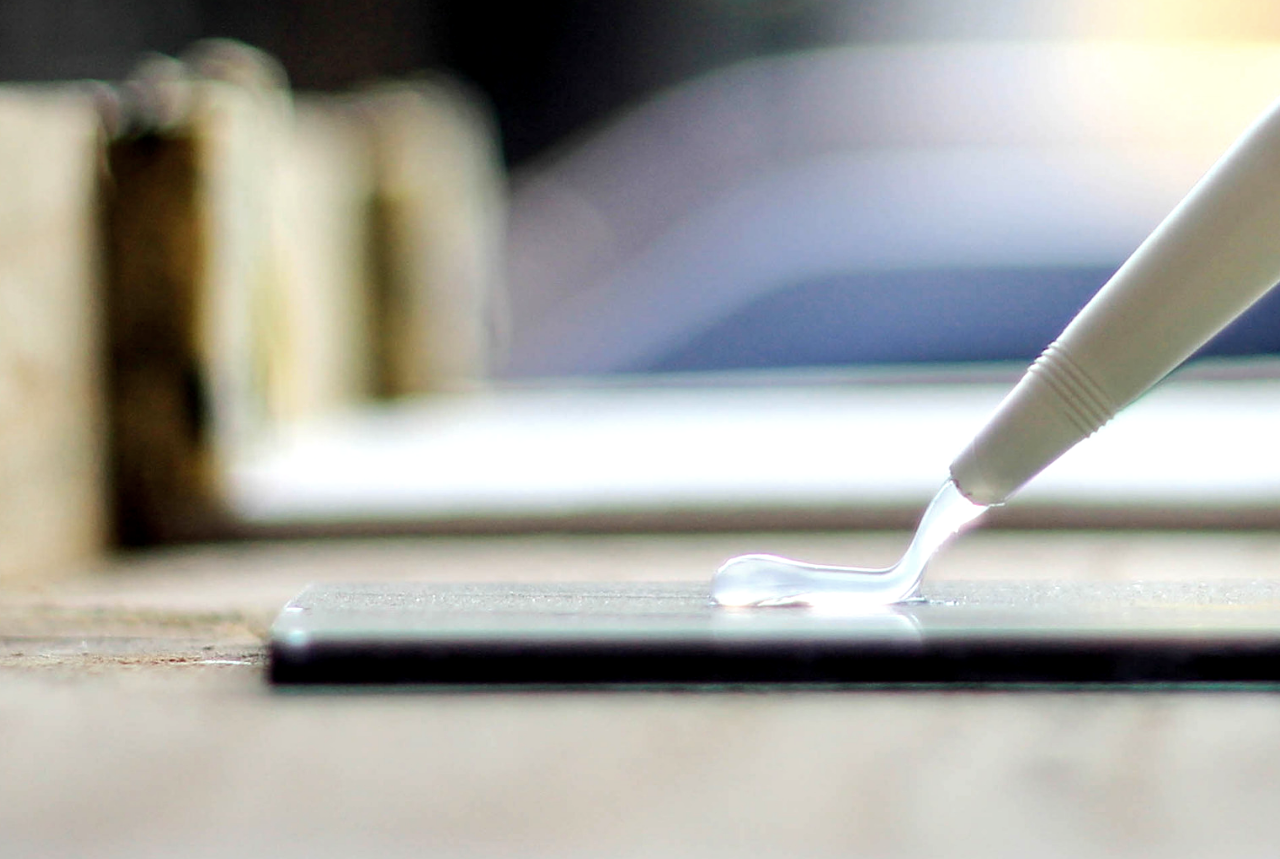Adhesives are great tool for bonding metals when soldering and welding are not possible. Joining two pieces of metal is a bit challenging than bonding paper, board, or wood.But, you can find great products from suppliers like Adhesives Technology Corporation to make the task a breeze. The company is known for its high-quality adhesives for structural anchoring and doweling. They also have multipurpose adhesives ideal for concrete, and wood repair.The company offers the following guide to help you learn about metal bonding glue and what to take into account before you take on the task.
Choosing the Kind of Glue for Bonding Metal
The following are the different kinds of glue that can be used to bond metals:
- This is the right choice for bonding metals, as long as the surfaces fit well together. Ensure the bond line is right for the glue to do a great job. This type of glue works best if there is a low impact on the bonded surface after curing. This means that it should not be used for if parts are exposed to excessive pressures such as metal joints or clasps.
- This a great type of glue for bonding metals as it requires little to no surface preparation.
- Hot glue or glue gun. This is only an option if you are binding surfaces of which one only one is metal. Also, it must be a light metal. A glue gun must not be used when the glue is exposed to elevated temperatures after curing.
- This type of glue is more involved than other kinds of adhesives; however, it generally makes the strongest metal-to-metal bond.
- This is a multi-purpose adhesive that doesn’t require mixing or measuring before use. When using this glue, consider using a clamp to keep both surfaces steady and secure as the glue dries.

Preparing the Surfaces for Bonding
Metal surfaces are expected to stick better when every surface is lightly sanded with fine grit sandpaper before bonding. Every surface must be wiped with methyl ethyl ketone (MEK) or acetone. Use a clean cloth that will not leave fibers behind. Do this whether you sand the surface or not. If the surface has grease or oil, use a degreaser and wipe down the surface with acetone or MEK. Let every surface dry before applying the adhesive.
Testing your Adhesive
When testing the adhesive on a small surface area, see if it forms bead on the surface. If so, it is not right for bonding that certain kind of metal. Test it again after a light abrasion. The right adhesive can be spread evenly across the surface without forming beads.







